Future Climate Predictions: The Role of Greenhouse Gas Emissions
Understanding the Impact and Mitigating the Risks for a Sustainable Future

Overview:
Rising greenhouse gas concentrations are expected to significantly impact the climate. Anticipated changes include warmer air and oceans, higher sea levels, more acidic oceans, and altered precipitation patterns. The extent of future climate changes hinges on our current efforts to reduce emissions.
Key Points:
1.Temperature Increase-: Continued greenhouse gas emissions will elevate Earth's average temperature. Global temperatures are projected to rise between 0.5°F and 8.6°F by 2100. Likely increase of at least 2.7°F under most scenarios except the most aggressive mitigation efforts. Land areas will warm faster than oceans. Some regions will experience greater temperature increases than the global average.
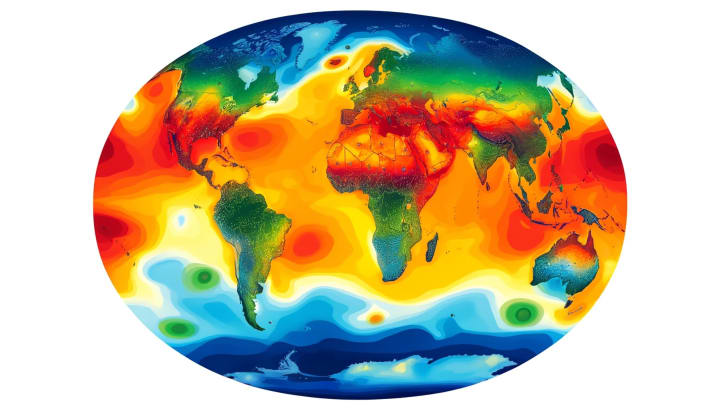
2.Sea Level Rise-: Sea levels could rise between 1 to 4 feet by 2100 due to ocean warming and melting ice. This rise is a result of expanding ocean water, melting mountain glaciers and ice caps, and portions of the Greenland and Antarctic ice sheets melting or flowing into the ocean.
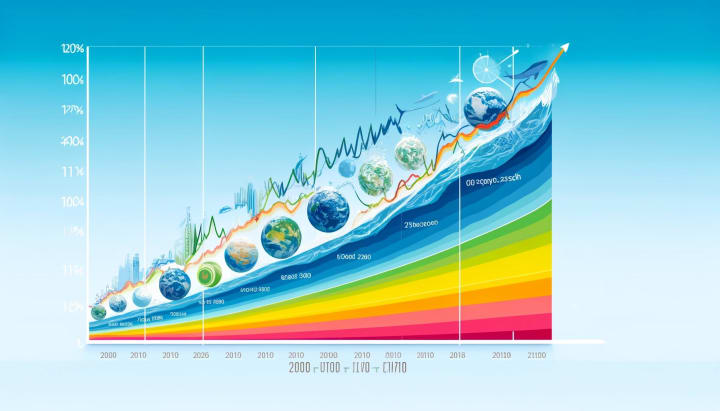
3.Ocean Acidification-: Increased CO2 absorption by oceans will lead to higher acidity. Ocean acidity has already increased by approximately 0.1 pH units since pre-industrial times, a 30% rise. Continued acidification will impact marine species, particularly those relying on calcium carbonate for shells and skeletons, such as corals and shellfish. Coral calcification rates could decline by over 30%, potentially slowing coral growth by nearly 50% by 2050.
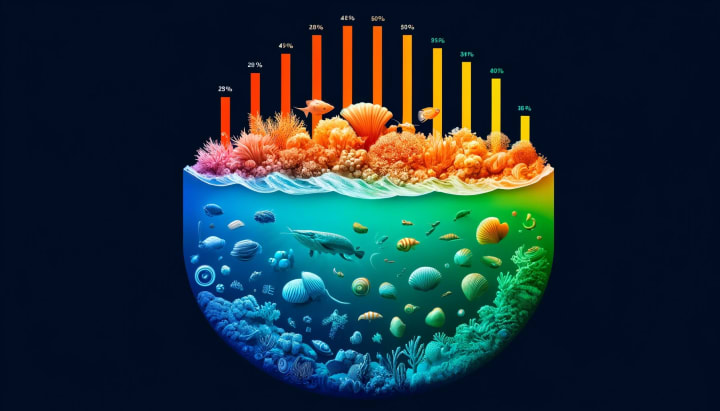
4.Precipitation Patterns-: Future changes in precipitation patterns will vary significantly by region.Some regions will see increased precipitation, while others will experience decreases or minimal change. Extreme precipitation events will likely become more frequent, especially in tropical and high-latitude regions. Northern areas, particularly in winter and spring, are projected to become wetter. Southern areas, especially the Southwest U.S., are expected to become drier.
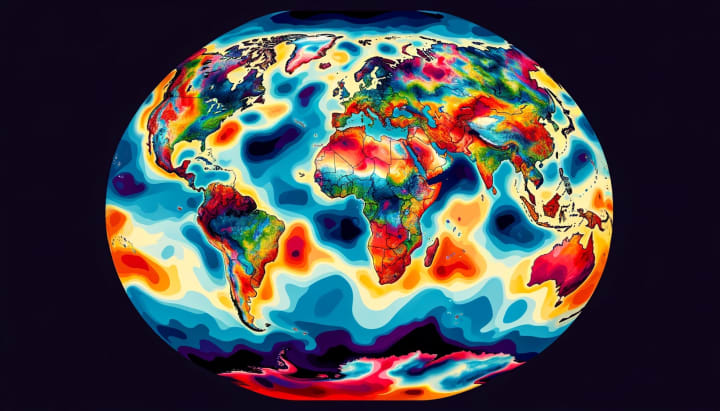
5.Storm Intensity-: The strength of winds in tropical storms is likely to increase. The intensity and frequency of heavy precipitation events within tropical storms are expected to rise. The number of the strongest (Category 4 and 5) hurricanes may increase. Cold-season storms are projected to shift northward, with the strongest storms becoming more frequent and intense.

6.Impact on Ice, Snow, and Permafrost-: Arctic sea ice, glaciers, and snow cover are predicted to continue declining. Northern Hemisphere snow cover is expected to decrease by approximately 15% by 2100. The snow season will shorten, with later accumulation and earlier melting. Permafrost in northern latitudes will continue to thaw, damaging buildings, infrastructure, and ecosystems.
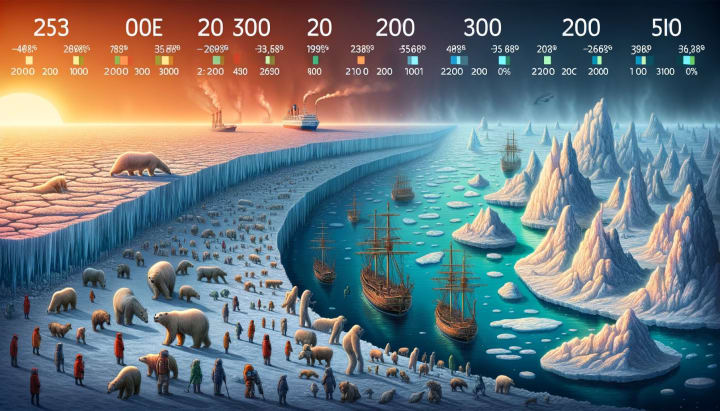
7.Ecosystem Shifts and Health Threats: Shifts in ecosystem characteristics are anticipated due to climate change. Increased threats to human health, food supplies, and water resources are expected. Infrastructure will also be at risk from climate impacts.
8.Long-term Impacts: Many greenhouse gases remain in the atmosphere for long periods, causing prolonged effects. Even if emissions are stabilized, atmospheric greenhouse gas concentrations will stay elevated for centuries. The ocean's response to higher greenhouse gas concentrations and temperatures will continue to impact the climate over the next several decades to hundreds of years.
9.Mitigation Efforts: Immediate and sustained efforts to reduce greenhouse gas emissions are crucial. The extent of future climate change depends significantly on current actions to cut emissions.
Conclusion-: Addressing the impacts of rising greenhouse gas concentrations requires urgent action to mitigate emissions. Understanding these projected changes is essential for planning and adapting to future climate scenarios.
Reducing the Greenhouse Effect: The Power of Planting Trees and Other Natural Solutions
Planting trees is a powerful natural solution to combat the greenhouse effect. Trees absorb carbon dioxide (CO2) during photosynthesis, significantly reducing atmospheric CO2 levels. Reforestation and urban green spaces not only sequester carbon but also enhance biodiversity, improve soil health, and regulate water cycles. Additionally, integrating trees into agricultural systems (agroforestry) boosts soil fertility and crop yields. Community-based reforestation projects foster stewardship and create economic opportunities.

At the end "Happy Environment Day".
About the Creator
ALCHEMY2612
Uncover the secrets of alchemy: a captivating blend of ancient wisdom, modern science, history, philosophy, and practical experiments. Join us on a transformative journey where we explore the quest for transformation.
Enjoyed the story? Support the Creator.
Subscribe for free to receive all their stories in your feed. You could also pledge your support or give them a one-off tip, letting them know you appreciate their work.






Comments
There are no comments for this story
Be the first to respond and start the conversation.